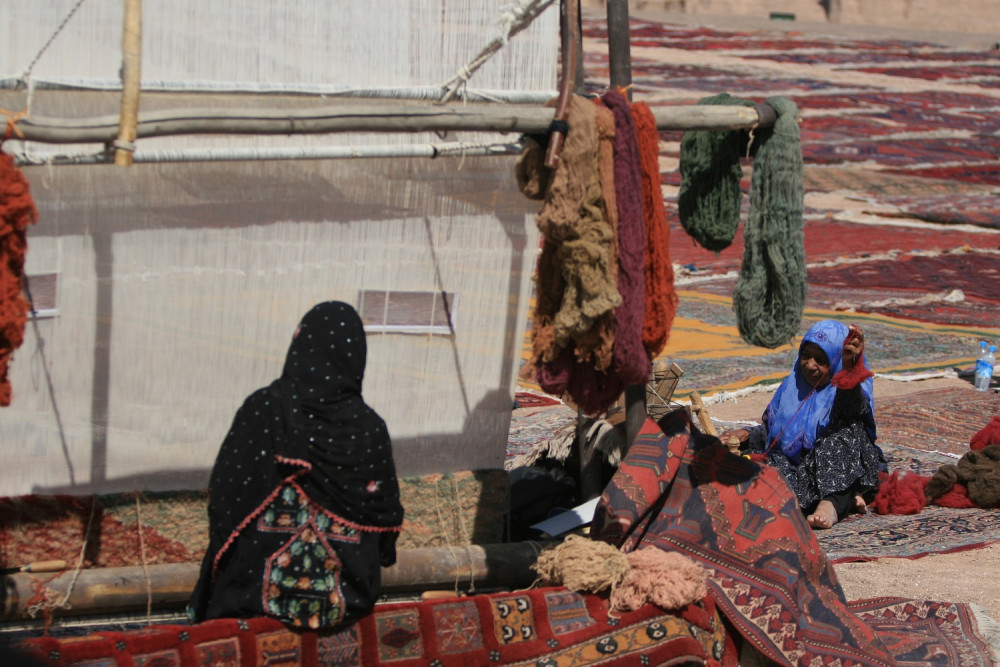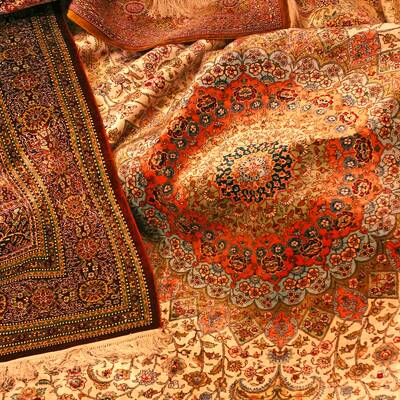
Carpets of Kerman
Today the name of Kerman, one of the main provinces of Iran, is conjoined with its carpets. Kerman is one of the oldest cities of Iran and has always maintained its position as an important center of carpet craft. Carpets of Kerman date back to many centuries ago, even before Safavid dynasty. One of the oldest surviving artifacts is a piece of carpet that is kept in a museum in Mashhad with an estimate age of five hundred years. Like products of many other regions, carpets of Kerman has undergone many changes in time.
According to the specialists, these carpets flourished during Safavid dynasty. However, by the time of the Qajar, carpets trading declined dramatically. So that by the end of 19th century there were only six active workshops and the number of the looms were no more than 30. After a period of decline, this trade raised once more in Kerman and numerous workshops were opened to supply the exportations to Europe and United States. By the beginning of 20th century hundreds of workshops and thousands of looms were established.
In addition to originality and versatility of the designs, one of the specifications of Kerman carpets is the colors and dyeing of its yarn which earned it the title “happiest carpet” of Iran. The color palettes of these carpets cover thirty hues that are achieved by combining herbal dyes and by traditional technics of dyeing. There are also non herbal dyes such as “Laki” or ”Gol khari” that is a very rich red obtained from Cochineal. Motifs and patterns of Kerman carpets are quiet various, too. Some of the most famous are “Lachak-o-Toranj” (paisley), “Khoushe Angoori” (grape bunch), “Derakhti” or tree, “Si o Se Pol” (meaning thirty-three bridges), “Barge Choghondari”, “Ghab-e Gorani” (cover of holy Quran), “Boteh Jeghei”, and repetitive motifs such as diamonds, “Gublan” or “Gol-e Farangi”. Among these Derakhti itself can be created in different styles. The motif “Shah Abbasi” which is a kind of grape bunch, was used most of all in the past, and many new designs are created based on it.
